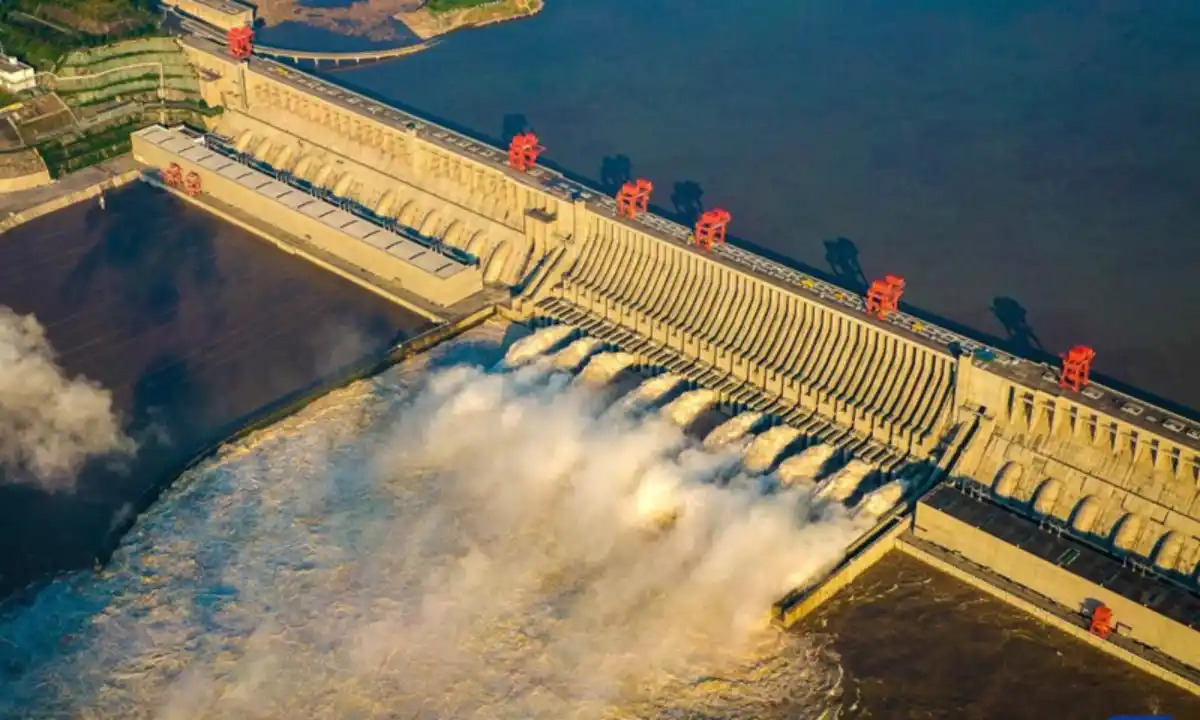| Summary |
|
China’s Three Gorges Dam, the world’s largest hydroelectric project, is not only generating electricity and controlling floods but also affecting the Earth’s rotation. Completed in 2006 along the Yangtze River in Hubei Province, the dam holds 39 billion cubic meters of water. Scientists say this massive shift in weight slightly changes the planet’s daily spin.
Spanning more than 2 kilometers, the Three Gorges Dam produces 22,500 megawatts of electricity. The reservoir, large enough to fill Lake Mead 20 times, also serves as flood control. Beyond these benefits, the dam’s construction and operation have a measurable effect on Earth’s rotation because of the mass of water it holds at 31 degrees north latitude.
The physics behind this change is straightforward. Earth rotates like a spinning top. When mass is redistributed closer to the poles, the planet’s spin slows down. Filling the reservoir moved roughly 40 trillion kilograms of water northward. This change increases the Earth’s moment of inertia, causing days to lengthen slightly.
NASA scientists have tracked the impact. Their measurements show that each day now lasts 0.06 microseconds longer. While this is an extremely small amount, it is significant enough for astronomers and geophysicists, who monitor changes in Earth’s rotation using atomic clocks and GPS satellites.
These measurements place the dam’s effect in perspective. Natural events, such as the 2004 Sumatra earthquake, shortened days by 2.68 microseconds, while climate-related ice melt adds around 1.7 milliseconds per year. Human constructions are now on a scale that can influence planetary motion, adding to natural shifts.
The dam’s influence extends beyond Earth’s spin. About 1.3 million people were relocated due to the reservoir, and ancient archaeological sites were submerged. At the same time, it cuts carbon emissions by an estimated 100 million tons each year, a positive step for climate mitigation. However, silt accumulation behind the dam and downstream ecological disruption remain challenges that engineers and environmentalists continue to address.
For scientists and stargazers, even tiny shifts in Earth’s rotation matter. Tracking these changes helps refine calculations for satellite navigation, astronomical observations, and climate studies. The Three Gorges Dam provides a clear example of how large human projects now interact with global systems in measurable ways.
The dam shows that human activity can influence fundamental planetary processes. While the effect on daily life is minimal, it is a reminder that engineering projects of this scale reach beyond their immediate goals, subtly shaping the planet’s dynamics and providing valuable data for science and observation.

